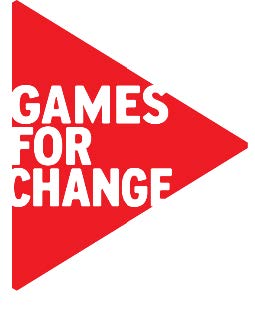Rhythm-based training for myoelectric prosthesis control
MyoBeatz is a rhythm-based music game for myoelectric prosthesis training. Players use their muscle contractions as input signal and control the game just like they would a real prosthesis. The game-based scenario creates an appealing and challenging training environment and maintains the patient’s long-term motivation.

Conventional rehabilitation methods after nerve transfer or amputation of the upper extremity are based on performing repetitive exercises during which the patient’s long-term motivation and effort are difficult to sustain. To keep patients engaged and even increase their performance during training, they can receive EMG biofeedback enveloped in a game-based smartphone app. This kind of engaging rehabilitation intuitively trains those muscles needed for proper motor control.
We developed a mobile virtual environment that trains and evaluates the patient’s neuromuscular capacity pre- and post-interventionally for maximum voluntary contraction, proportional fine muscle control, and isolated activation of different muscle groups.
The app’s modularity serves patients with upper and lower arm deficits alike as it operates not only the patient’s own prosthesis but also commercially available electrode arrays. The integration of virtual elements into the rehabilitation process has a positive effect on the motivation of the patients as well as their motor performance during and after the intervention. Since the mobile game-based app is more engaging than using a standard tool for training myosignals and patients invest more effort while doing so, our studies have shown the potential for mobile apps to establish a new standard in motor rehabilitation.
Publications
- MyoBeatz: Using music and rhythm to improve prosthetic control in a mobile game for health
- Smart Rehab: App-based rehabilitation training for upper extremity amputees
Awards

As Serious Game for Health “MyoBeatz” was nominated for the awards “Most Significant Impact” and “Most Innovative” at the Games for Change Festival 2018.
Video
Contributors
Project lead: Cosima Prahm
Student assistant: E. Mörth
Design consultant: Fares Kayali
Clinical consultants: Oskar Aszmann, A Sturma
